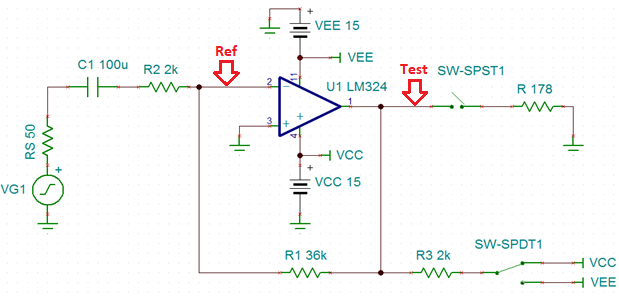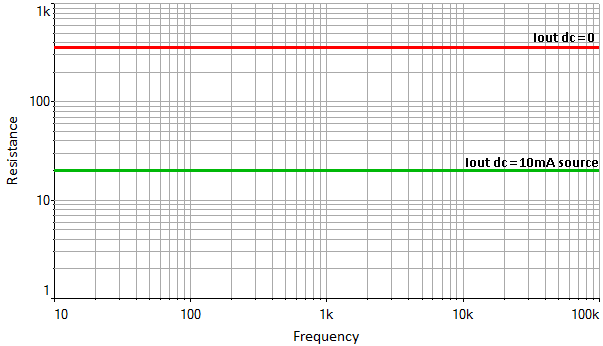Other Parts Discussed in Thread: LM358, LM324
Hi,
How is it possible to measure open loop output resistance of any particular opamp? Is there any worthwhile, reliable circuitry that allows to do such measurements?
Open loop Zo is't common in datasheets, however it is noted for some opamps. For example, LM358B does have typical value of 300 ohms (at zero output current) - how was it measured, which circuitry was used for that?
Thanks




